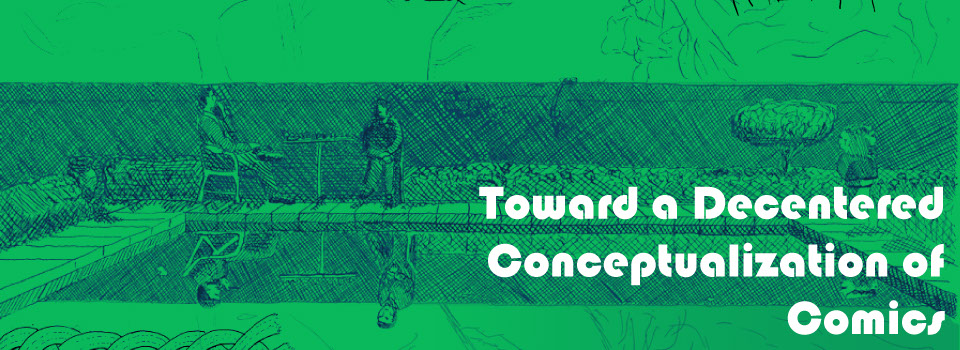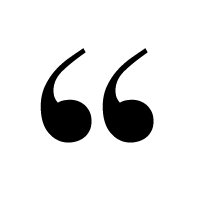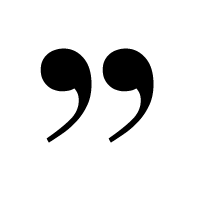
x
Contents
Home
Home
Home

Reflexive Figurality

Comics tend toward self-referentiality because of their multimodality. Hence, McCloud’s straightforward Understanding Comics: The Invisible Art belies its postmodern presentation. McCloud appears throughout the book, often standing in one panel and referencing another panel. This is crucial. He references not the ideas or contents of another panel but another actual panel.
The importance of such metatextuality reveals itself through the theorists I have mentioned, Derrida, Lyotard, and Ulmer. Working backward, Ulmer stresses reflexivity most explicitly, calling for a mise en scene that would always already be a mise en abyme. Ulmer is speaking of the classroom here. The purpose of such reflexivity would be to cause students to reflect on their own process, to become aware of the available means of persuasion they utilize rather than just utilizing them. Metatextuality makes rhetoric patent.
Derrida introduces metatextuality as inherent to text. All text is always already about metaphoricity, textuality. But if there is no outside-text, what are we left with? What is the point? In the cramped abyme of Derrida’s grammatology, we find no space for reflexivity to reflect.
Lyotard reveals this space, this density and difference that enables reflexivity and gives it purpose. Reflexivity is the ultimate taboo in the text. Text presupposes a transparency without which reading would be too laborious: one would have to reflect on the shape and appearance of each individual letter. Derrida does not deny this by stressing text’s inherent concern with metaphoricity. Rather, Derrida points us toward something like the return of the repressed. Figure provides a way out of this over-oedipalized cycle. Figure demands opacity. When looking at an image, one may indeed see through it, to the signified, but one’s attention is also rapt by the trace itself. This is the strength of figure, and its weakness. Figure demands reflection and seems almost abused when forced into the textual preferences of clarity, brevity, and sincerity.
If we take these two axes, then, discursive and figural, and multiply them by themselves, we get a table that might describe four ways in which these paradigms greet us.
First there is the figural figure in which the surface becomes focal; think of the paintings of Mark Rothko, Barnett Newman, or any other painter interested in displaying the flatness of the canvas. In the discursive figural, we find figure in the service of discourse: the airplane safety manual being the classic example. In the figural discourse, Nabokov’s “plexed artistry” in Pale Fire presents a plot dependent upon its own reflexivity. In the discursive discourse we are left with the zero-degree writing of Immanuel Kant or Lyotard’s style in The Differend.
Lyotard’s concepts of discourse and figure provide us with a way of having our cake and eating it too. We live in the world of the disjunctive bar where signifier and signified are always already separated by a vast chasm. But, we are not completely without access to the libidinal band. Reflexivity allows us to move from one side to the other, moves us through the band and around until we realize that discourse and figure have always been one sides of the same coin in conversation.
Figure
Discourse
Figural
Rothko
Nabokov
Discursive
Safety manual
Kant
Gutter image from McCloud 66. For more on the gutter's rhetorical implications, see Hilst. For more on the link's role as gutter, see Difference.

But all at once it dawned on me that this
Was the real point, the contrapuntal theme;
Just this: not text, but texture; not the dream
But topsy-turvical coincidence,
Not flimsy nonsense, but a web of sense.
Yes! It sufficed that I in life could find
Some kind of link-and-bobolink, some kind
Of correlated pattern in the game,
Plexed artistry, and something of the same
Pleasure in it as they who played it found.
(lines 806-15)


